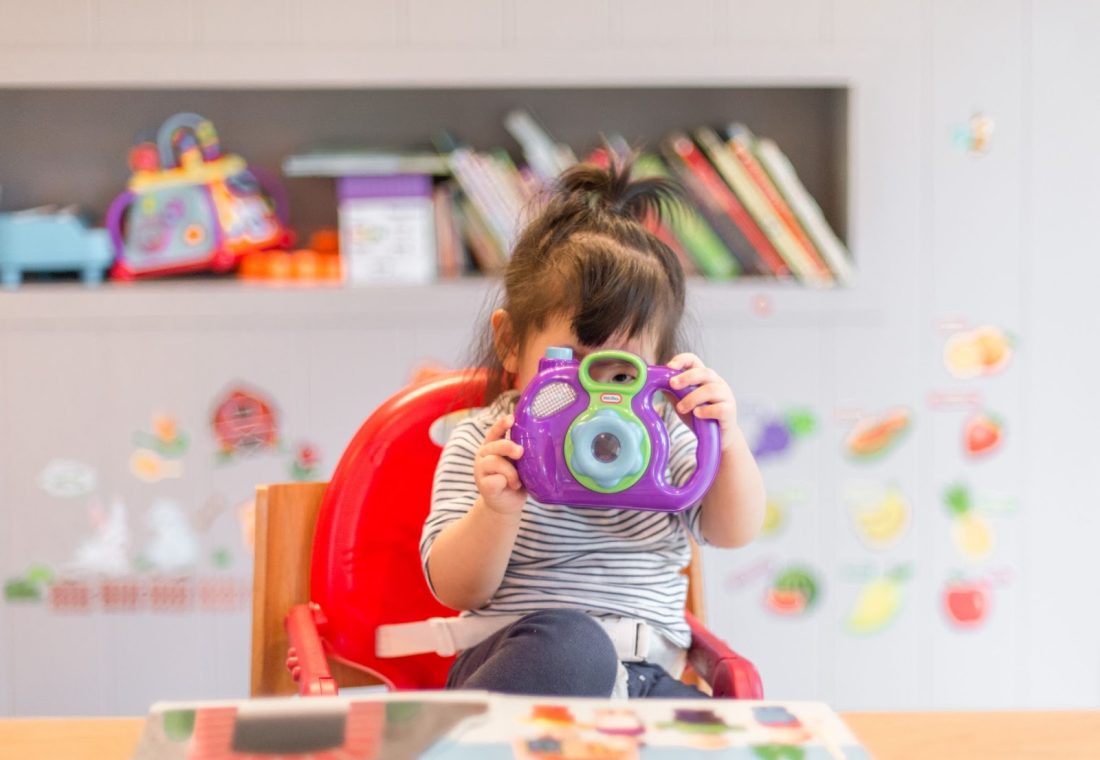
https://unsplash.com/photos/GagC07wVvck
Creativity is very important. It helps while studying and in real life. But is it possible to develop it as s skill? If we are talking about creative writing it is a common question, “What should I write about?” Kids can write a few lines, but after that, they lose ideas. Some kids can’t even find an idea to write about. Some even abandon writing entirely. To truly achieve professional writing skills, they need to develop to write about many different topics in various formats, including paragraphs, lists, and even dialogue.
I have seen kids’ confidence grow when they learn how to research and develop compelling topic sentences and supporting points. Much of this cannot be learned in a single day or even a week. It requires a lot of writing practice and feedback over time.
We tell you how to develop creativity in your son or daughter.
Why do we need creativity at all?
Psychologists say that creative hobbies have a positive effect on people of all ages. But it is essential for children when they are discovering the world. Here are a few reasons to incorporate creativity into daily life and develop creativity in children.
- Creativity is good for the psyche. Art therapy calms, relieves stress and fear, distracts from negative emotions, and reduces aggression.
- Creativity helps with learning. It relieves the brain, helps find a solution to a difficult problem, and develops empathy. All of this comes in handy in school affairs. You will never face “Mom, I can’t write my essay” if you develop creativity in your child.
- Creativity is a way of self-expression. You can learn about the world and yourself, experiment, and create something new.
How to Involve Your Child in Creativity
Here are a few tips on how to develop a child’s creativity.
Tip 1:
Find a hobby or interest. Creativity comes in many forms: drawing, collages, modeling, ceramics, needlework, jewelry, cooking, and Lego constructors. Do not be afraid to try different initiatives – the main thing is that the child eventually found something to his liking.
Tip 2.
Inspire. Introduce art into your child’s life – perhaps something will interest him and he will want to do it again. Visit exhibitions, master classes, lectures, and age-appropriate courses in your city.
Tip 3.
Do not criticize your child’s creative work. The French street artist Thierry Guetta argued, “Art cannot be criticized because every mistake is a new creation. If you demand results and achievements from children’s creativity, you can discourage creativity in general. That is why creativity should inspire and inspire, not crush and unnerving.
It is also important to remember that there are no uncreative or creative children. Every child has a desire to learn, natural curiosity, and a desire to try things out. But sometimes adults, school, and the environment kill this.
Refrain from unnecessary criticism and give your child creative freedom: he draws pink elephants – great, goes beyond the coloring fields – well, let him sculpt something incomprehensible – on health, does not do by canon – even better.
Tip 4.
Incorporate creativity into your schedule. Approach the development of creativity as a habit-allocate specific and regular time to it. For example, every day from 16:00 to 17:00 is a creative hour. You can imagine that your kid is an essay writer or famous painter. It’s great if your child will have his corner for creativity: in a separate room or the general area. Layout there all the necessary materials you can find at home – plasticine, waste paper for collages, paints, designers, beads. Set an example – offer to sit down together and make something from the Internet tutorials.
Tip 5.
Have a family detox from gadgets. Tablets, laptops, and smartphones are strongly addictive – the child wants to watch endless videos that YouTube offers, instead of getting creative. If a child has no opportunity to sit in a gadget (for example, at a certain time their mom takes them away) – immediately awakens the desire to play with clay, build a birdhouse, and crochet.
Tip 6.
Do exercises on the development of creativity. Here are examples: draw a nonexistent animal and think up a name for it, make a coherent story with a plot based on two random words, and compose an alternative ending to your favorite fairy tale.
Tip 7.
Consider alternative learning options. The traditional school gives very little time to creativity. Even essays and essays are required to be written according to a strict template. And if you deviate from the accepted line – you get a bad grade and a reprimand. This does little to develop a child’s creativity and creativity.
In alternative schools, creativity plays an essential role in the formation of a child’s personality. In Waldorf elementary schools, you can write in a notebook with a pencil instead of a pen and draw in outlines. In Montessori schools, children develop fine motor skills all the time: sculpting, planning, making, and drawing.




